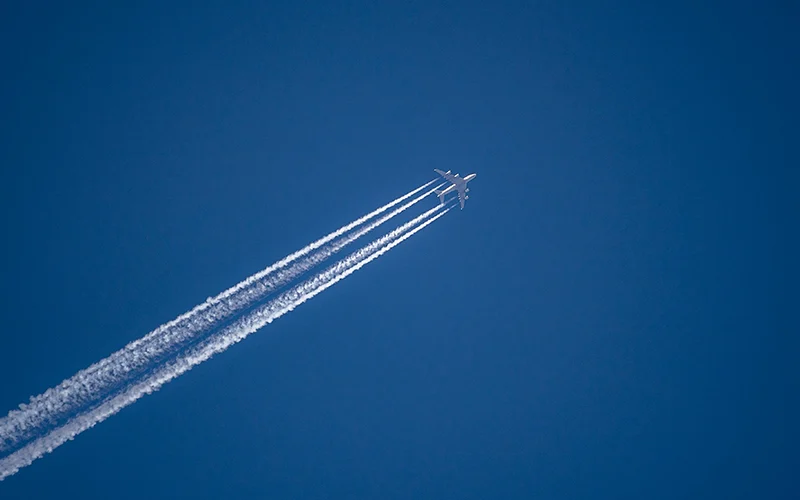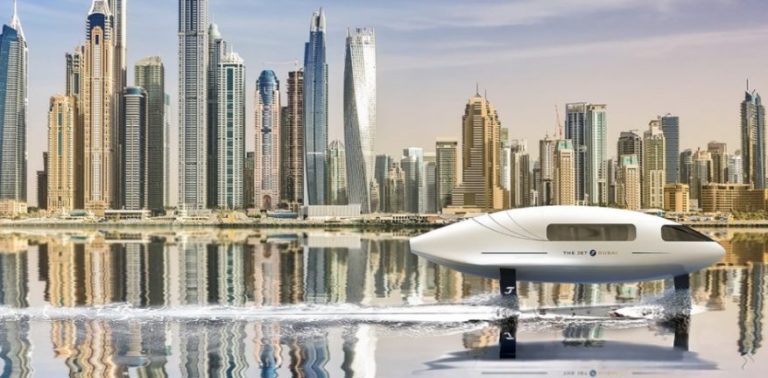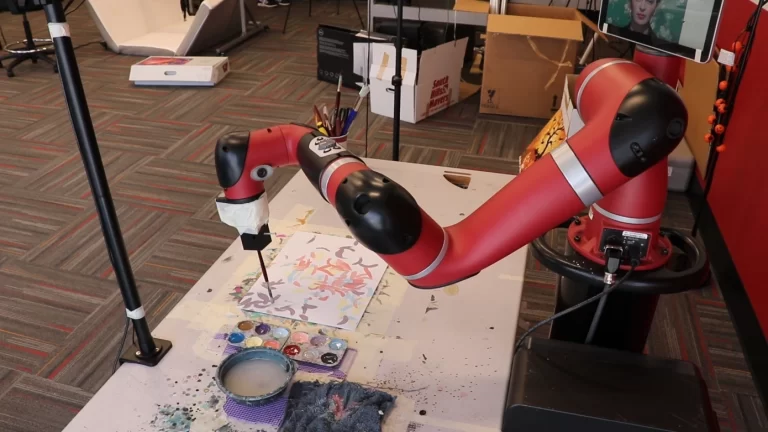AI being used to help reduce the climate impact of airlines
By ETX Daily Up – Aug 15, 2023
A version of this article was first published on Free Malaysia Today
PARIS: As a child, you might remember lying on the grass and following the white lines formed in the blue sky by passing airplanes with your finger. Called “contrails,” these white streaks are far less poetic than the picture just painted.
These are artificial clouds caused by aircraft, which form when water vapor from the engine condenses into droplets, or even small ice crystals, on contact with cold air. This phenomenon generally occurs when aircraft are flying at high altitudes and in humid or tropical regions.
Aircraft contrails are problematic because of the effect they have on the planet. By absorbing and capturing part of the Earth’s sunlight, the white trails caused by aircraft contribute to global warming.
However, this ‘non-CO2’ pollution is often ‘overlooked’ by airlines when calculating the climate footprint of their flights, Greenpeace France points out. Nevertheless, contrails can be avoided, as they only occur in specific airspace zones. This is precisely what Google and American Airlines are working on.
The two companies have joined forces as part of a program using artificial intelligence models to develop contrail forecast maps to find out whether pilots can choose routes that avoid creating these trails.
To develop this technology, Google teamed up with American Airlines and Breakthrough Energy, an investment fund founded by Bill Gates and specialising in sustainable energy innovation.
Together, they compiled satellite images, weather data and flight path data. Forecast maps were then drawn up so that pilots could choose routes that avoided creating contrails.
“A group of pilots at American flew 70 test flights over six months while using Google’s AI-based predictions, cross-referenced with Breakthrough Energy’s open-source contrail models, to avoid altitudes that are likely to create contrails,” Google explains in a blog post. “After these test flights, we analysed satellite imagery and found that the pilots were able to reduce contrails by 54%.”
The trial showed that aircraft that tried to avoid contrails burned 2% more fuel. Still, Google assumes that “a small percentage of flights need to be adjusted to avoid the majority of contrail warming.”
“Therefore, the total fuel impact could be as low as 0.3% across an airline’s flights,” the company argues.






